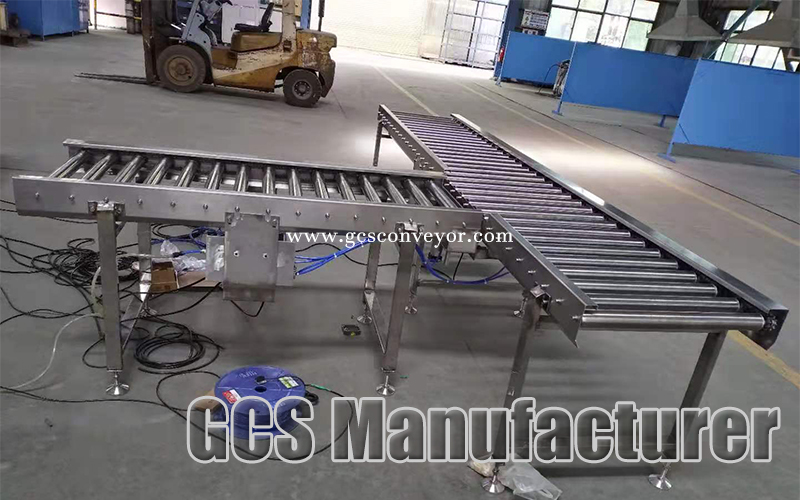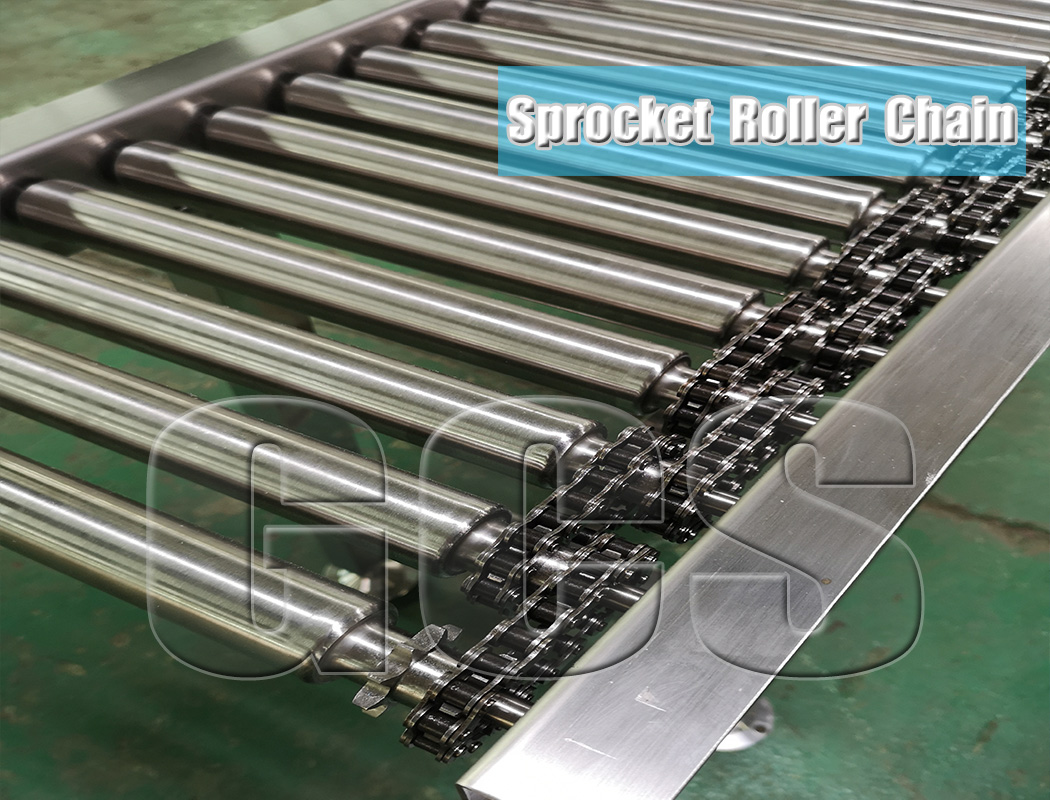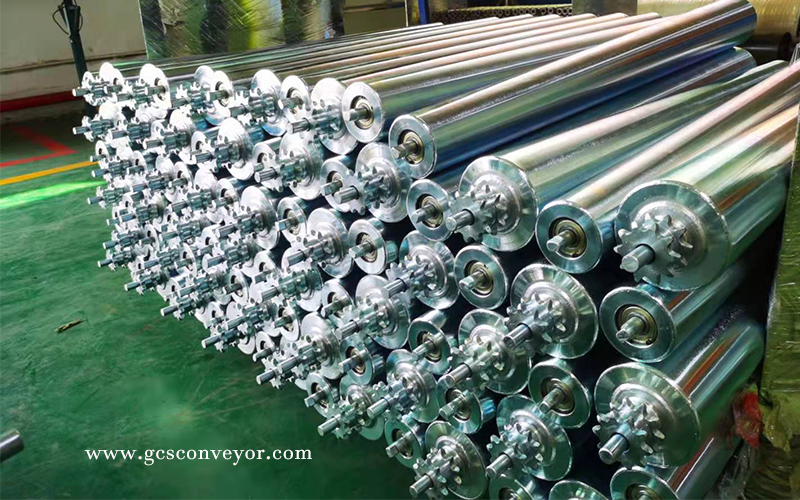Roller conveyors are suitable for conveying items with a flat bottom and are mainly composed of transmission rollers, frames, supports, drive sections, and other parts. It has the characteristics of large conveying capacity, fast speed, light running, and can realize the multi-species common line conveying. Idler conveyors are easy to connect and filter and can be used to form complex logistics systems with multiple roller lines and other conveying equipment or special machines.
Range of application:
A Roller conveyor is suitable for conveying all kinds of boxes, bags, pallets, and other pieces of goods, loose materials, small items, or irregular items that need to be placed on the pallet or in the turnover box. It can convey materials with a large weight in a single piece, or withstand a large impact load. It is easy to connect and filter between roller lines, and multiple roller lines and other conveyors or special machines can be used to form a complex logistics conveying system to fulfill the needs of various processes. The accumulation roller can be used to achieve the accumulation of material conveying. The roller conveyor has a simple structure, high reliability, and is easy to use and maintain.
Selection of drive chain/drive chain:
From a mechanical point of view, the choice of drive chain/drive chain depends primarily on the environment in which the chain will operate.
Roller chains are highly standardized and highly specialized chains. The choice of materials, clearances, and heat treatment used in roller chains should be able to withstand great stresses and strains. The disadvantage of this, however, is that they are suitable for clean indoor environments and do not tolerate any friction on the steel guideways.
The choice of drive chain material and heat treatment makes them more resistant to outdoor, dirty environments, inadequate lubrication, and sliding contact with steel guideways. Because they operate in drive chains in environments that are usually rated to withstand lower bearing pressures than roller chains, drive chains for a given working load are usually larger than roller chains rated for the same load. This is why drive chains are usually larger, although large roller chains can also be used.
If the application allows the choice of roller chains, then it is more efficient from a size and weight point of view to use roller chains. If the environment does not allow it, there are solution chains that can help in some cases, but for dirtier work or sliding on steel guideways, a more forgiving base material, clearance, and heat treatment in the drive chain is usually required.
GCS conveyor roller manufacturers offer two types of rollers (single/dual row geared rollers):
Gearing is matched to the size of the roller tube diameter and the conveying speed. The size specification, the transmission line, and the internal width of the driven roller conveyor can also be specified by the customer. The standard inner radius of rotation of said rotating belt is usually 300 mm, 600 mm, 900 mm, 1200 mm, etc. and can be customized according to the customer's requirements
Equipment characteristics of chain-driven roller conveyors:
1、Material of frame: carbon steel sprayed plastic, stainless steel, aluminum profile.
2、Power mode: reducer motor drive, electric roller drive, and other forms.
3、Transmission mode: single sprocket, double sprocket
4、Speed control mode: frequency conversion, stepless speed change, etc.
The longest single line length is generally not more than 10 m, considering the tensile strength of the chain.
For customized roller conveyors please confirm the following technical parameters:
1、Length, width, and height of the conveyed object;
2、Weight of each conveying unit;
3、The condition of the bottom of the conveyed object;
4、Whether there are special working environment requirements (e.g. humidity, high temperature, chemical influence, etc.);
5、The conveyor is either unpowered or motor-driven.
To ensure smooth transport of the goods, at least three rollers must be in contact with the conveyance at all times. Soft bags should be conveyed on pallets if necessary.
Daily maintenance:
After a period of use, maintenance and overhaul are necessary for the powered roller conveyor;
(1)Primary maintenance of the Power Roller Conveyor
Daily maintenance is mainly done by face view and is carried out every day.
1、Check that the power, tools, and controls stacked on the roller conveyor line is normal before going to work each day;
2、 Remove all waste residues from the roller conveyor work area after switching off the machine before the end of each day.
(2)Secondary maintenance
Secondary maintenance must be carried out regularly by the production fixer, usually at intervals of - 2 months depending on the production tasks.
1、Check the roller for bent dents.
2、Check the chain for skipped chains. If loose and adjust them;
3、Check that the rotation of the drum is flexible and that there are no obvious rattles.
GCS reserves the right to change dimensions and critical data at any time without any notice. Customers must ensure that they receive certified drawings from GCS prior to finalizing design details.
Post time: Mar-16-2022







